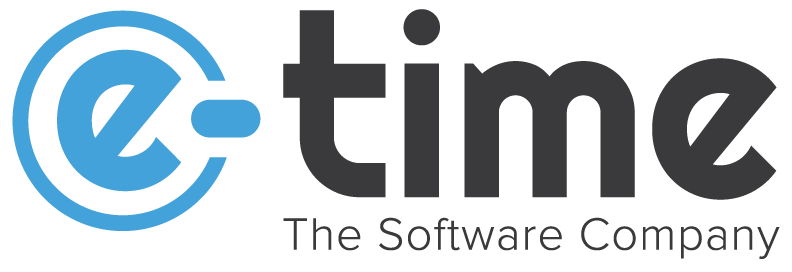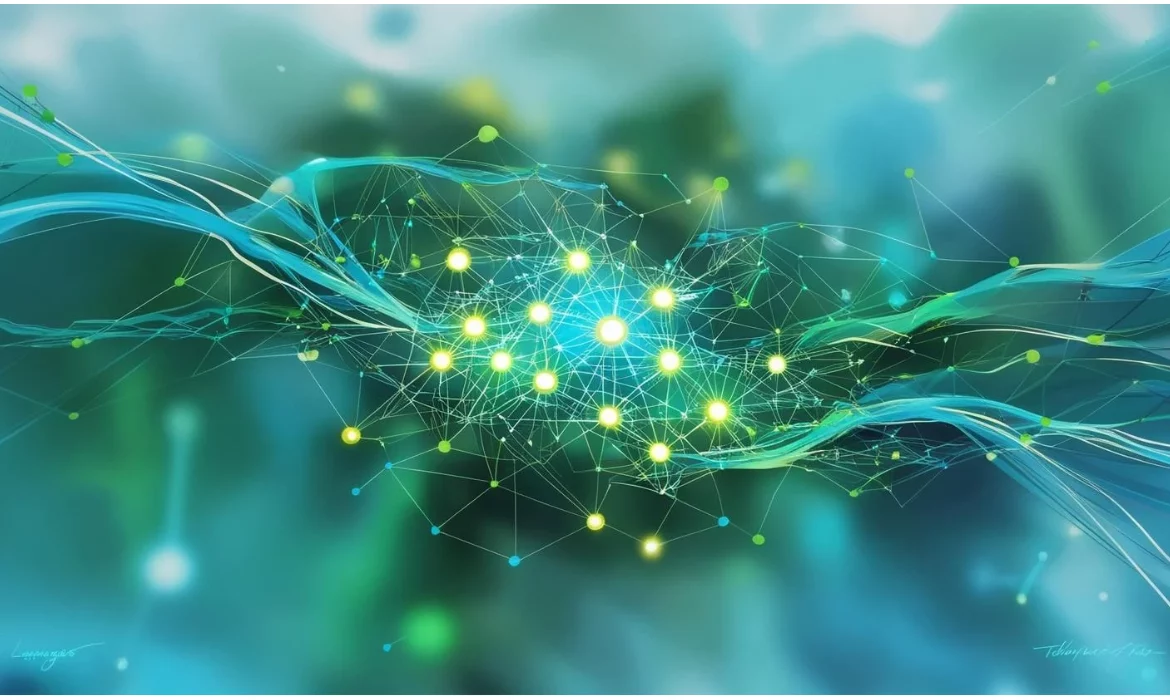E-time | the software company
What is Retrieval-Augmented Generation (RAG)?
Retrieval-Augmented Generation (RAG) is an artificial intelligence (AI) process designed to optimize the responses of a traditional large language model (LLM). To achieve this, it references an external and reliable knowledge source, in addition to the data used during training, before generating a response. When providing answers, a RAG system draws from specific knowledge bases defined by the developers of the AI agent.
This technology combines the ability to retrieve relevant information from external sources with AI-generated text, improving accuracy and relevance. It enables organizations to leverage the power of LLMs by integrating their own documents, files, or web pages into the response process, ensuring more reliable and personalized results.
Practical Applications of RAG (Retrieval-Augmented Generation)
The practical applications of Retrieval-Augmented Generation (RAG) are expanding, thanks to its ability to integrate specific and up-to-date knowledge directly into decision-making and communication processes.
Some of the most relevant use cases include:
- Customer Support
RAG enables the development of intelligent chatbots capable of accurately responding to customer inquiries by drawing from manuals, FAQs, and company documentation. This reduces problem resolution times, enhances support efficiency, and ensures accurate, context-aware responses - Information Generation
This technology allows for the extraction of relevant data from business documents, annual reports, and other internal sources, facilitating quick access to strategic information and improving overall comprehension.
At the enterprise level, RAG allows organizations to leverage AI by grounding generative results in their specific business knowledge, delivering relevant and value-added responses.
What are vector databases in RAG and how do they work?
Vector databases are advanced storage systems designed to store and query vector embeddings—numerical representations of data, such as text or images, that capture their semantic meaning in a multidimensional space.
Here’s how vector databases function within Retrieval-Augmented Generation (RAG):
- Building the Archive: Before an LLM can retrieve external information, it must be processed into a format the system can understand. The first step involves transforming documents, web pages, or other databases into numerical representations called embeddings using specialized language models.
- Optimized Storage: Once created, these embeddings are stored in a vector database, which is designed to efficiently manage large volumes of vector data and enable rapid queries based on semantic similarity.
- Intelligent Search: When a user submits a query, it is converted into an embedding vector using the same language model employed for stored data. The RAG system then compares this vector with those in the database, performing a similarity search to identify the most relevant content for the user’s request.
- Semantic Search: Vector databases play a crucial role in implementing semantic search within RAG systems. Unlike traditional keyword-based searches, semantic search leverages embeddings to understand the meaning and context of queries, returning relevant information even when it does not contain the exact terms used by the user.
Benefits of using RAG over traditional LLMs
The use of Retrieval-Augmented Generation (RAG) offers several significant advantages over traditional large language models (LLMs).
Here are the key benefits of RAG compared to conventional models:
- Higher Accuracy
RAG generates responses based on reliable and up-to-date data sources, significantly reducing the risk of the LLM producing incorrect information. By providing a set of citable and verifiable sources, RAG enhances the trustworthiness of the information delivered. - Up-to-Date Information
Unlike traditional LLMs, RAG allows for the integration of continuously updated content, such as recent research, statistics, or real-time news. Information sources can be modified by adding or removing documents, improving the system’s flexibility and effectiveness. - Greater Control for Developers
With RAG, developers have more control over the generated text output, allowing them to customize and optimize responses based on specific needs. By refining and adjusting the information sources, the system can be tailored to different contexts, ensuring that generated results are relevant and aligned with application requirements.
Discover the solutions offered by E-time






